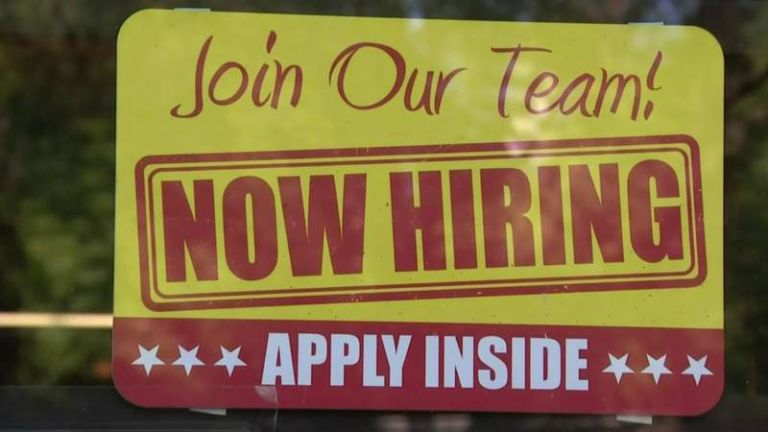Alex Adrianson notes for the Heritage Foundation’s “Insider Online” blog interesting new information about the economic performance of right-to-work states.
Giving workers the right to not join a union may not be good for unions, but it is good for workers. Richard Vedder and Jonathan Robe find that there is considerable evidence that states with right-to-work (RTW) laws attract more capital than non-RTW states. More capital leads to higher wages and higher wages leads to a net-inflow of workers moving to RTW states from non-RTW states. RTW laws forbid making union membership or paying union dues a condition of employment. Vedder and Robe note:
Over the 35-year period [1977-2012], nationwide total employment grew by 71 percent. RTW states significantly outpaced this average, with employment growing by 105.3 percent. Non-RTW states lagged behind both, with an employment growth of only 50.0 percent. […]
A 2003 study by economist Robert Reed, then at the University of Oklahoma, helps clear some of the ambiguity by demonstrating that when one controls for the economic conditions of a state prior to its adoption of a RTW law, the relationship between RTW and wages is positive and statistically significant. Reed estimates that when “holding constant economic conditions in 1945—average wages in 2000 [were] 6.68 percent higher in RTW states than [in] non-RTW states.” […]
The total estimated income loss in 2012 from the lack of RTW laws in a majority of U.S. states was an extraordinary $647.8 billion—more than $2,000 for every American, including those in RTW states.


